Submitted by WA Contents
Estonian Pavilion presents "Square! Positively shrinking" at Venice Architecture Biennale
Italy Architecture News - May 31, 2021 - 13:08 4872 views
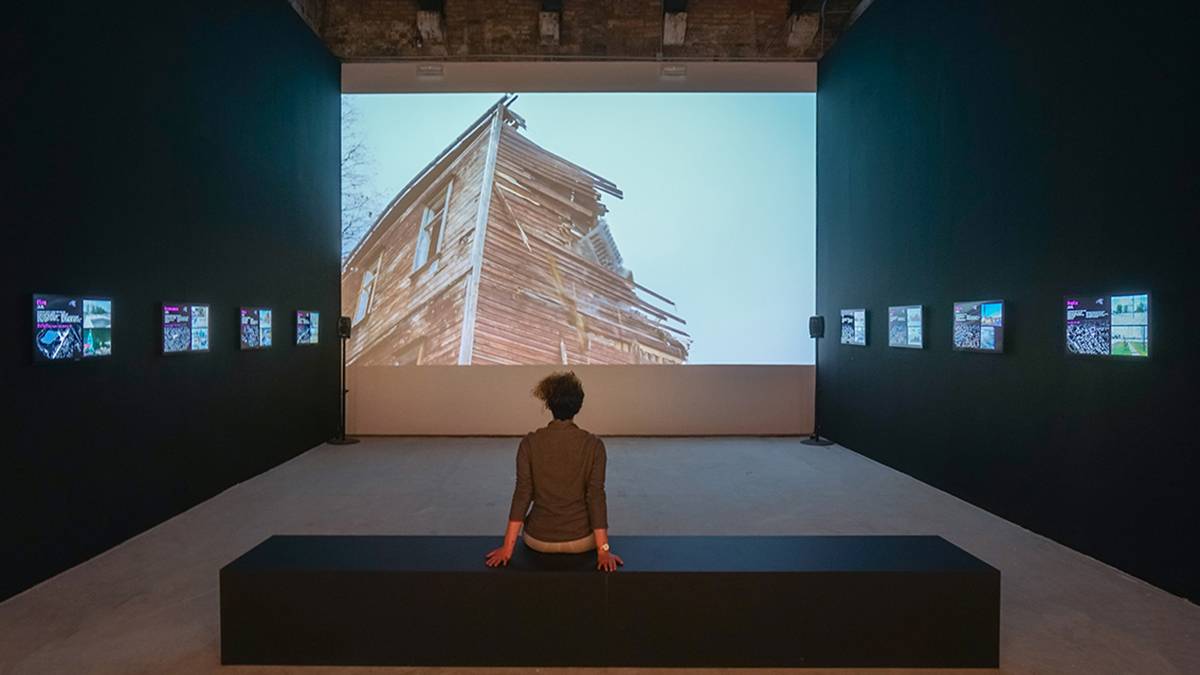
The Estonian Pavilion has revealed images from its exhibition at this year's Venice Architecture Biennale.
The Estonian Pavilion's theme, titled Square! Positively shrinking, is curated by Jiří Tintěra, Garri Raagmaa, Kalle Vellevoog, Martin Pedanik and Paulina Pähn and situated in the Arsenale venue, Venice, Italy.
The theme focuses on the role of high-quality urban space in enhancing the future development of small towns that are in jeopardy of depopulation, the exhibition sparks a debate on the lesser known facet of urbanisation. The exhibition features activities to improve the urban environment with a focus on the redevelopment of central squares.
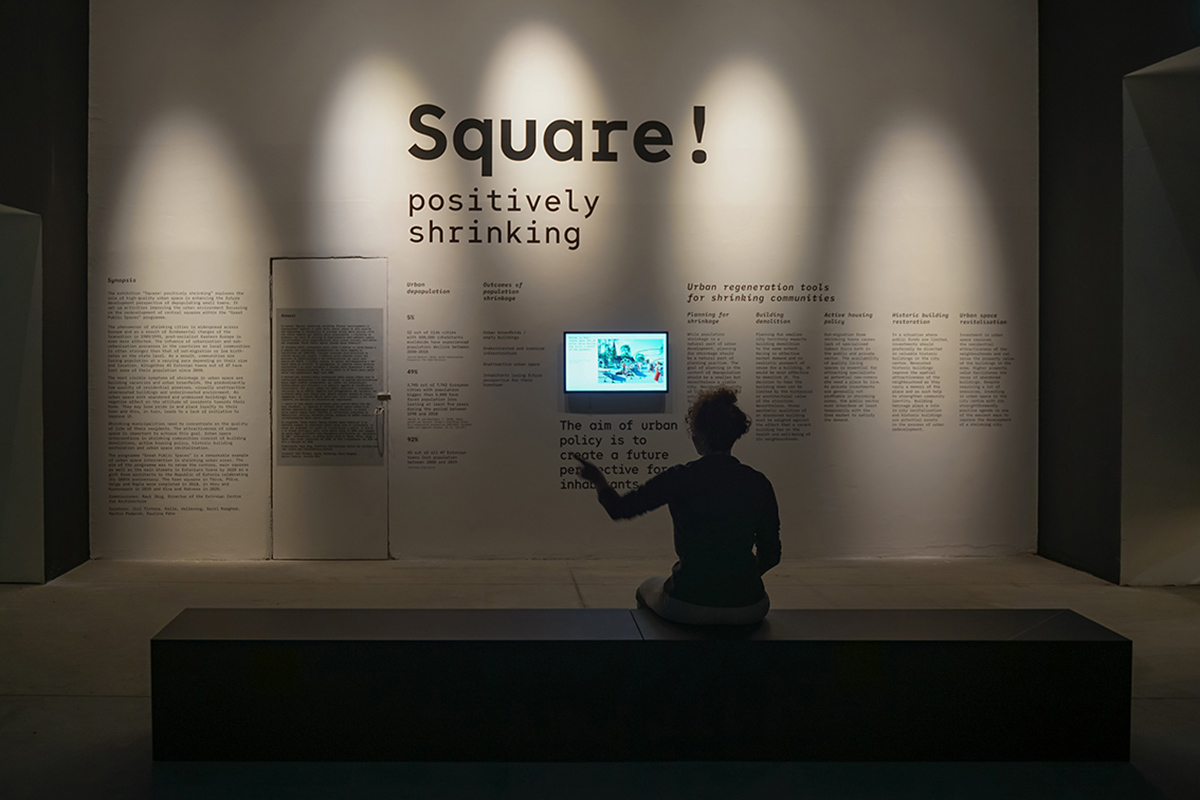
"The causes of population decline are global, but the consequences are local. One way to combat this phenomenon is to focus on improving the quality of life of the population and strengthening local awareness and identity. Our message is that quality urban space has a key role to play in this and cities and architects can do a lot," said the Estonian team of curators.
Analysing the economic change and demographic processes in comparison with European countries, the exhibition explains the impact of urban shrinkage on urban space and suggests measures to help the local government to adapt to the shrinking process.
The analysis is visualised in the form of texts and graphs mounted on one of the exhibition hall walls.
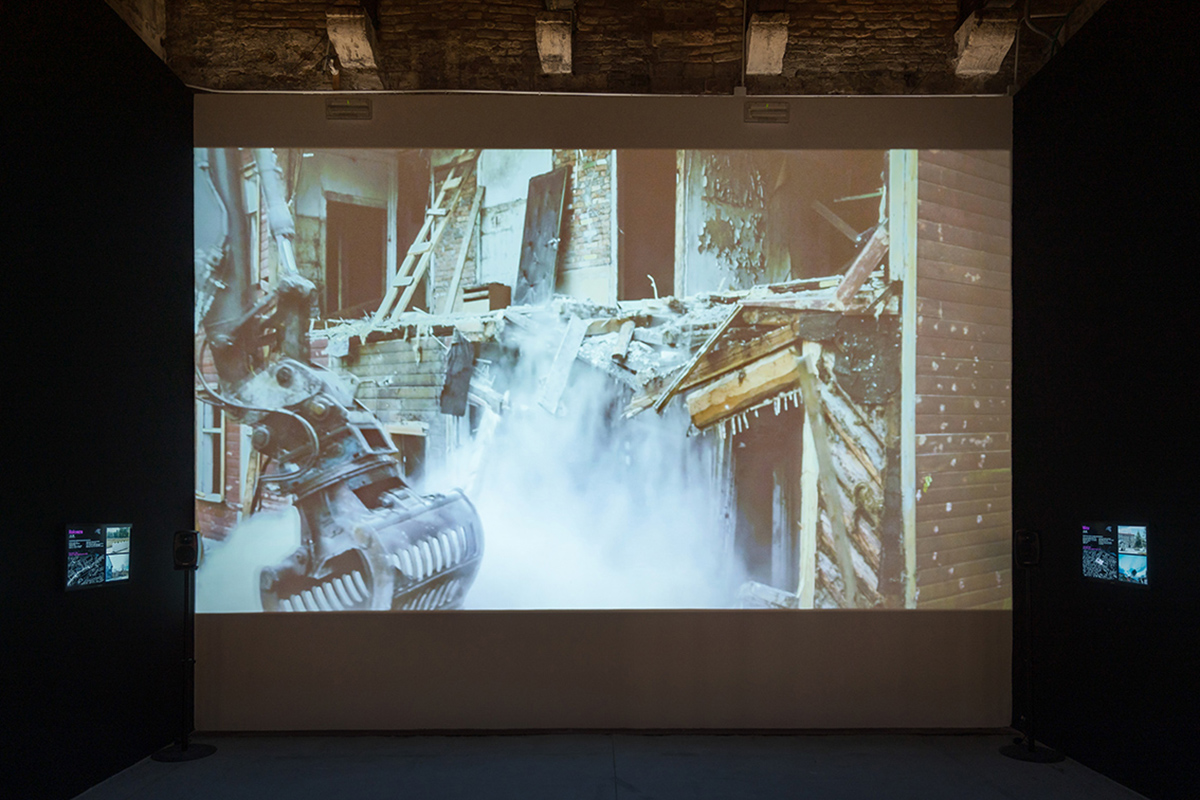
"The phenomenon of shrinking cities is widespread throughout Europe and as a consequence of fundamental changes during the transition in 1989/1991, post-socialist Eastern Europe is strongly affected. The influence of urbanisation and suburbanisation processes on local communities often has a greater impact than out-migration or low birth-rates at national level. As a result, 45 in 47 Estonian towns have lost a significant percentage of their population since 2000," stated the Estonian Pavilion.
"The most visible symptoms of shrinkage in urban space are building vacancies and brownfields, the predominantly low quality of residential premises, unsightly dilapidated buildings and an underinvested environment, which negatively impact residents and amplifies the vicious circle of decline."
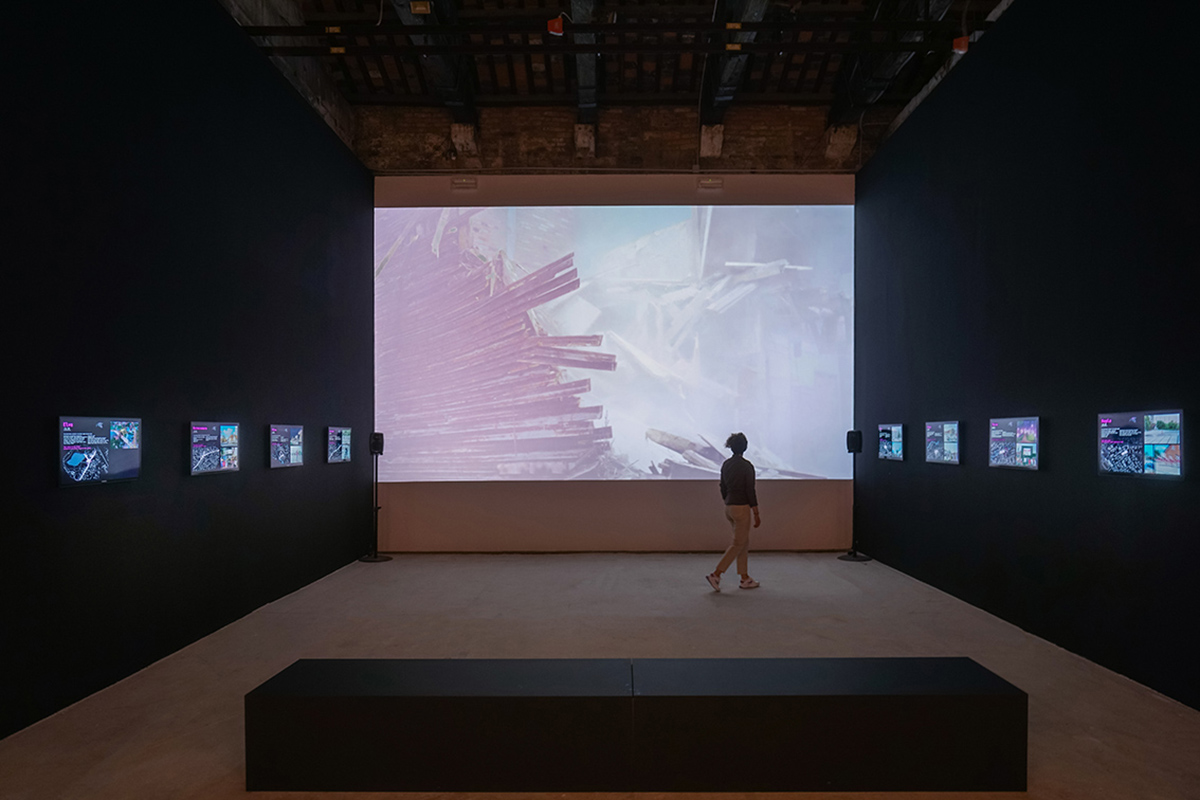
While questioning the social, economic and environmental implications of de-urbanisation, “Square! Positively shrinking” showcases solutions to shape the renewed identity of shrinking cities via building demolitions, active housing policies, historic building restoration and urban space revitalisation.
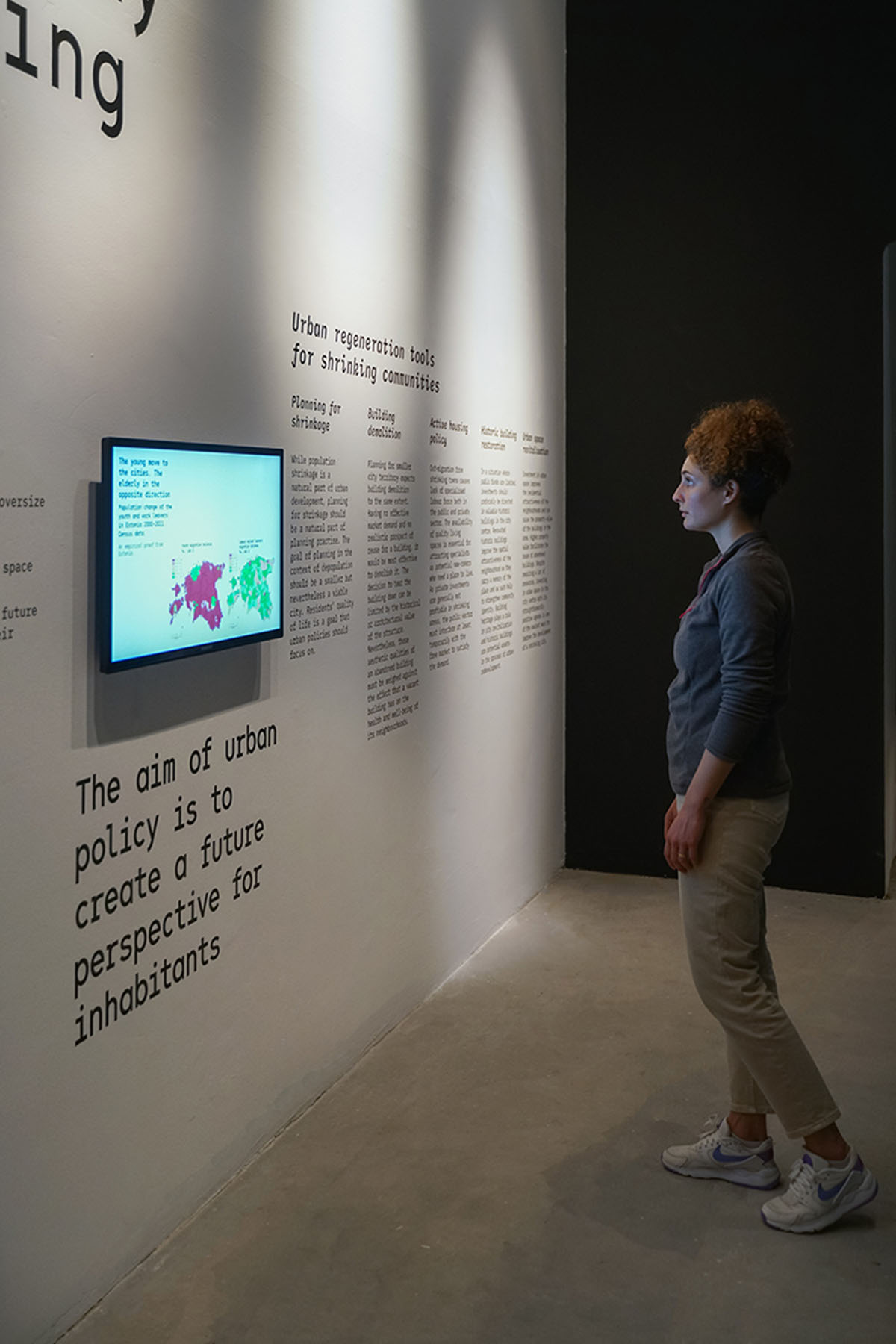
In the exhibition, video screenings play becomes a central element of the exhibition.
The exhibition focuses on “Great Public Spaces” (Hea avalik ruum), organised within the framework of the Estonia 100 Architecture Programme, a remarkable example of urban space intervention in shrinking cities.
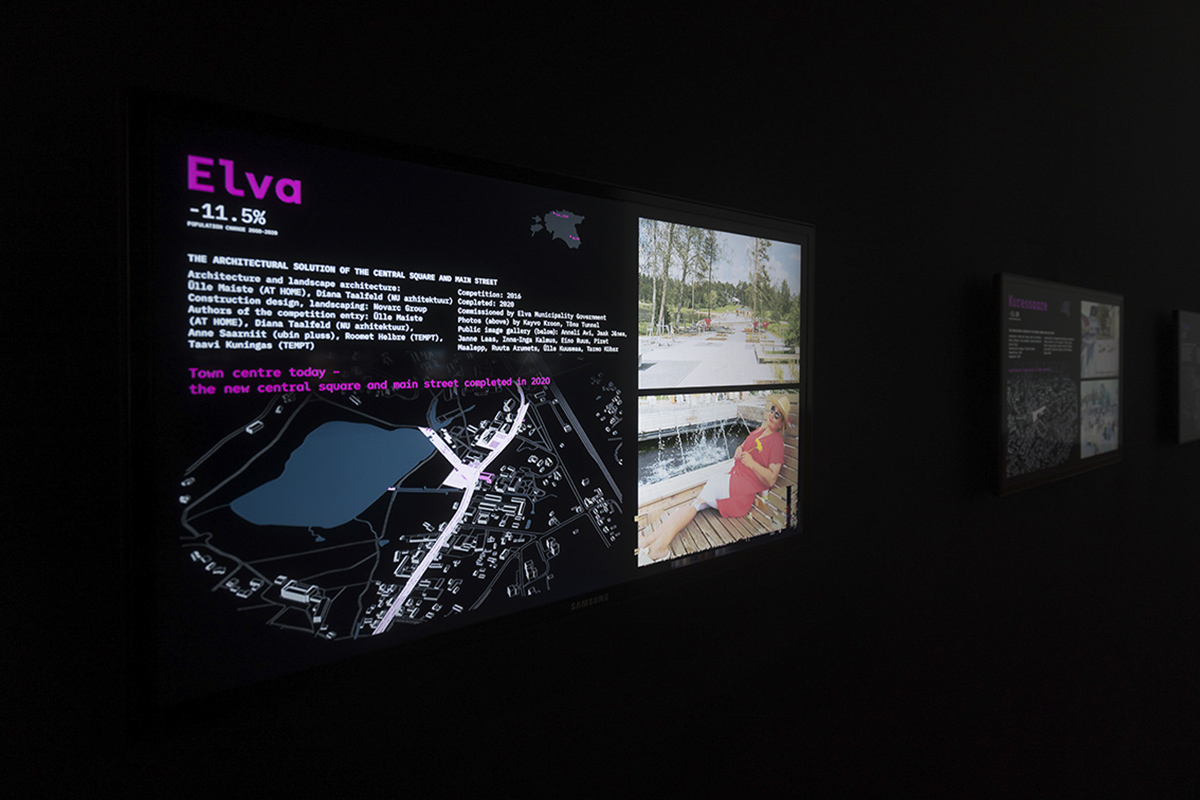
Conceived on the occasion of the country’s 100th anniversary, the initiative aimed to regenerate the centres and public spaces of 15 Estonian towns by 2020. Town centre squares in Tõrva, Põlva, Valga and Rapla were completed in 2018, further squares were regenerated in Võru and Kuressaare in 2019, and others in Elva and Rakvere were completed in 2020.
In response to the curator Hashim Sarkis' “How Will We Live Together?”, the curators of the Estonian Pavilion explained that "the demand for a good living environment is growing, no matter where and how we will live together. The project "Square! Positively shrinking" helps to raise awareness of the architect's important role and responsibility in defending the quality of our common living environment."
As the Covid-19 pandemic has completely changed our lives, the debate becomes even more urgent: "The real value of something becomes apparent when we lose it," said Raul Järg, Commissioner of the Estonian Pavilion.
"Today's circumstances have vividly demonstrated the human need for face-to-face interaction, and also the quality of space where this interaction could happen," added Järg.
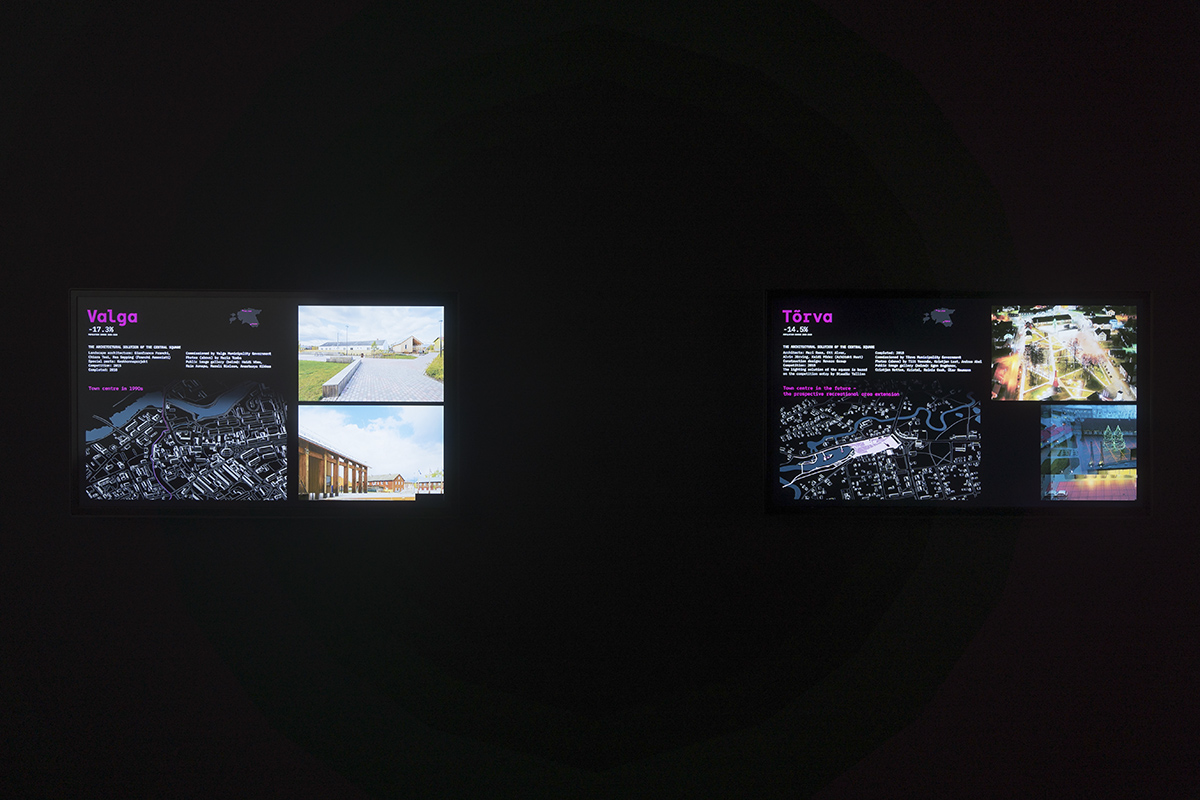
The exhibition presents a short film of the demolition of a 120-year-old wooden apartment building in Valga town which had remained empty two decades ago.
With demolitions, something always disappears for good. Particularly older buildings tend to carry a distinct historic, architectural, emotional etc. value and the decision to have them demolished should not be taken easily. But demolition is not only negative.
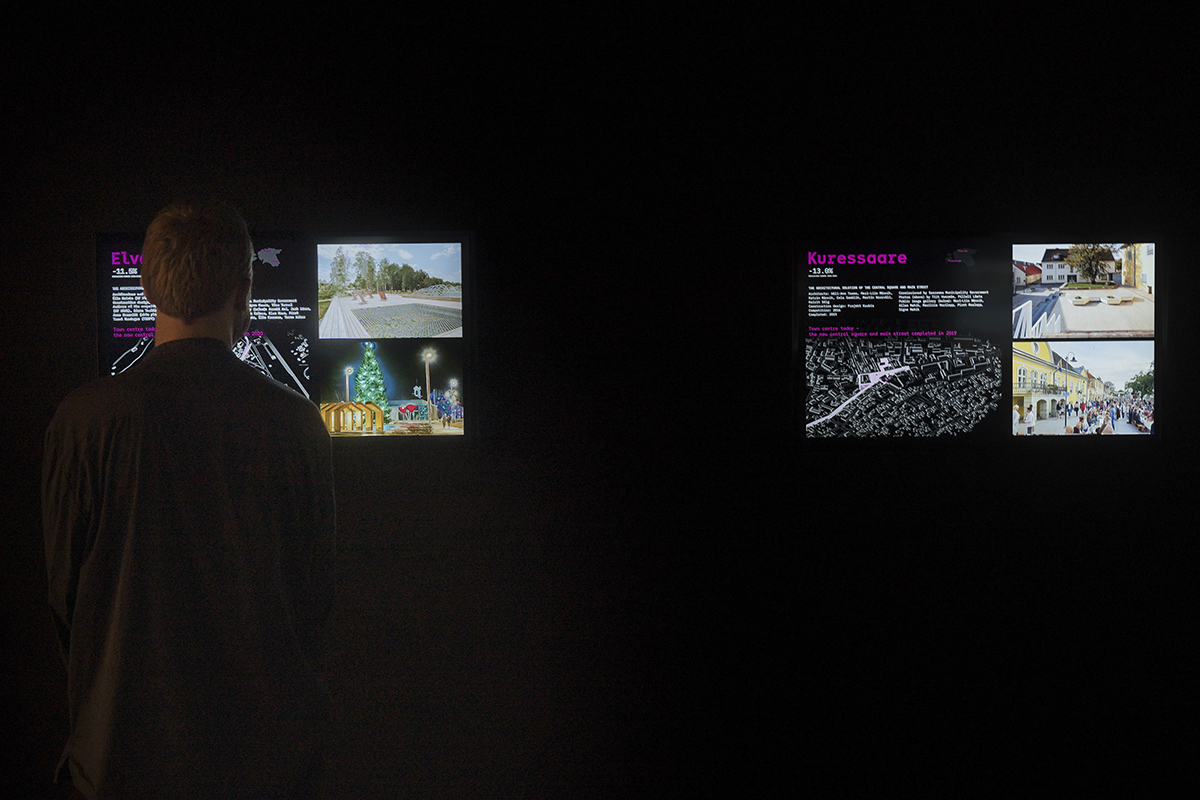
For local inhabitants, the structure’s removal symbolized the beginning of a change – an action which can bring a better future. Therefore, demolitions should remain as one of the tools used by the local government to adapt the town to the needs of the actual population and to enhance the positive development of the entire town.
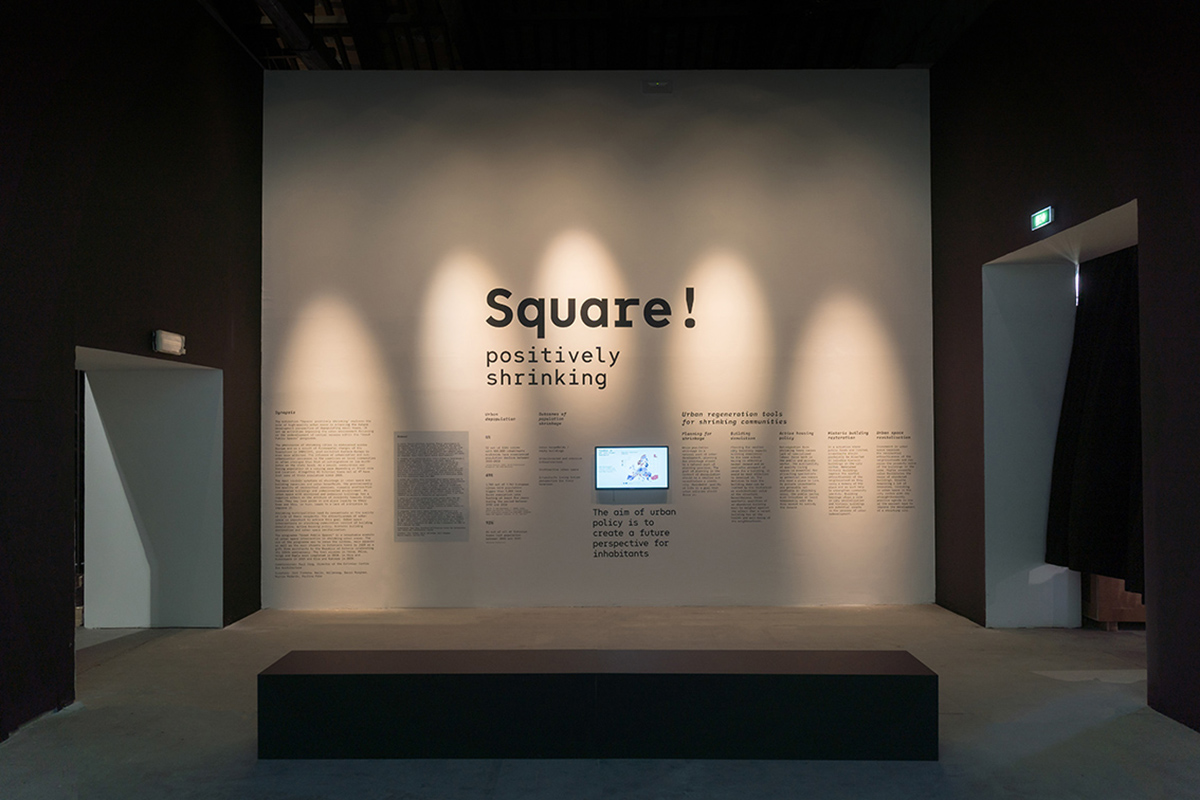
The 17th International Architecture Exhibition in Venice has opened to the public on 22 May 2021. The exhibition will be on view till 21 November 2021.
This year’s architecture biennale is themed as "How will we live together?" by the curator Hashim Sarkis, the theme explores a widening context that helps architects to "imagine spaces in which we can generously live together".
Estonian Pavilion Exhibition facts
Exhibition: “Square! Positively shrinking”
Location: Arsenale — La Biennale di Venezia
Address: Sestiere Castello, Campo della Tana 2169/F
Curators: Jiří Tintěra, Garri Raagmaa, Kalle Vellevoog, Martin Pedanik, Paulina Pähn
Commissioner: Raul Järg (Estonian Centre for Architecture)
Production: Eve Arpo, Maria Kristiin Peterson, Ragne Soosalu (Estonian Centre for Architecture)
Exhibitors: Mari Rass, Ott Alver, Alvin Järving, Kaidi Põder (Tõrva main square project), Helen Rebane, Egon Metusala, Kaie Kuldkepp, Liis Uustal, Vilve Enno (Põlva main square project), Gianfranco Franchi, Chiara Tesi, Rea Sepping (Valga main square project); Siiri Vallner, Indrek Peil (Rapla main square project), Villem Tomiste (Võru main square project); Häli-Ann Tooms, Mari-Liis Männik (Kuressaare main square and street project); Ülle Maiste, Diana Taalfeld, Anne Saarniit, Roomet Helbre, Taavi Kuningas (Elva main square and street project); Risto Parve, Kai Süda (Rakvere main street project), Liisa Hirsch, Patrick Tubin McGinley (music, sound); Anna Hints, Joosep Matjus, Ants Tammik, Tushar Prakash, Urmas Reisberg, Kairid Laks (film)
Partners: Estonian Ministry of Culture, Estonian Ministry of Finance, Cultural Endowment of Estonia, Baltic Culture Fund, Rakvere City Government, The Estonian Association of Architects, Rapla Municipality Government, Võru City Government, Valga Municipality Government, Elva Municipality Government, Põlva Municipality Government, Saaremaa Municipality Government, Tõrva Municipality Government.
All images © Samuele Cherubini
> via Estonian Pavilion
